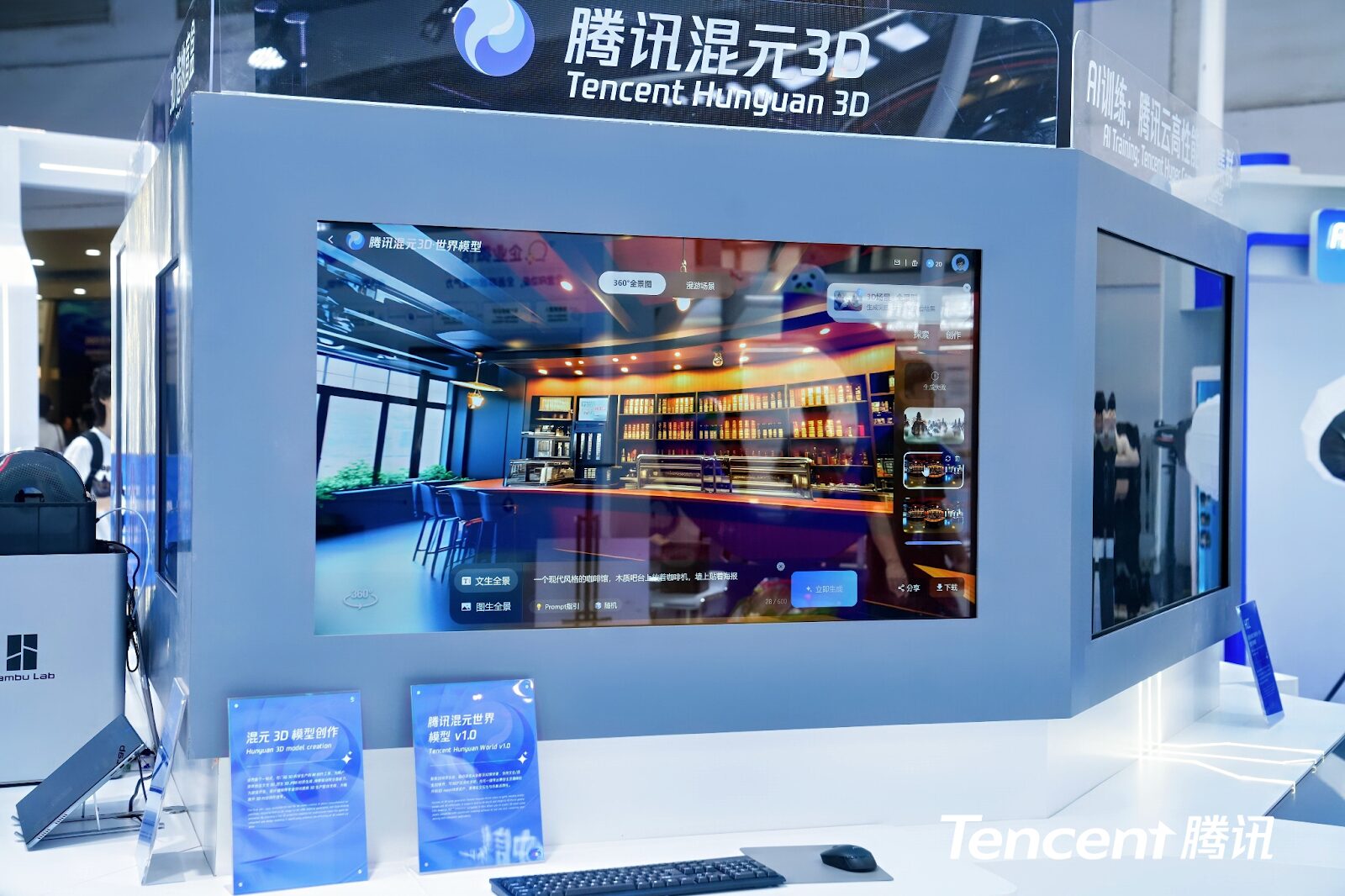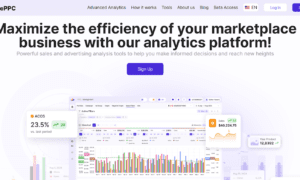Over the past year, the frontier of AI performance has rapidly collapsed. On public evaluation platforms like Chatbot Arena—where models are ranked via blind pairwise voting—the top contenders now differ by razor-thin margins. GPT-4o, Claude 3.5 Sonnet, Gemini 1.5, DeepSeek-V2, Mistral, and others all occupy similar tiers of capability. The leaderboard remains a point of reference, but no longer a place where dominant gaps define the field.
In fact, that compression may be the clearest signal yet: the race is changing.
Powerful language models have become commoditized at the top. What separates them now is not how eloquent they sound in isolation, but how well they operate in the wild—across varied industries, hardware, and workflows. The new frontiers are not in tokens-per-second or context length, but in trust, latency, data privacy, and system interoperability.
This shift has moved many AI labs, once fixated on parameter scaling, toward more grounded priorities: inference efficiency, multi-agent orchestration, edge deployment, and integration with vertical software stacks. From hospitals to helpdesks, the pressing questions are no longer “How smart is your model?” but “Can I trust it? Can I maintain it? And does it help me do something faster or better?”
Some players have already begun retooling their strategies accordingly. Rather than only touting benchmark success, companies like Tencent have leaned into infrastructure-aligned productization. Its latest releases in generative 3D focus on practical integration—offering assets that comply with PBR standards, integrate with Unreal Engine, and run on consumer-grade GPUs—laying the groundwork for usable creative pipelines. At the recent WAIC, Tencent introduced the Hunyuan3D World Model 1.0, a system that extends this focus by generating immersive, navigable 360° scenes with exportable assets. The release reflects a broader trend: generative tools are now evaluated less by their technical novelty and more by their readiness for deployment.

Tencent Hunyuan3D World Model 1.0
In turn, this signals a deeper industrial shift: building a better model is no longer enough. AI must fit into workflows, simplify existing tasks, integrate with established tools, and offer clear utility. Whether that means plugging pretrained models into ERP systems, embedding summarization into video-editing timelines, or running lightweight, offline agents on store browsers, what’s being tested now isn’t raw capability—but seamless incorporation.
The road ahead will require greater focus on trust and reliability. AI systems must become auditable, debuggable, and fair—not just articulate. They must respect data privacy, maintain transparency, and adapt to edge-case behavior. And they must arrive at a price point—not only in compute, but in accurate, maintainable outputs—that organizations and users find justifiable.
As this new layer of competition unfolds, a familiar pattern is emerging: the invisible begins to matter more than the impressive. The most impactful AI products may be those that don’t trend on social media—but quietly reduce project timelines, automate back-office processes, or enable new user experiences without demanding new user behaviors.
Benchmarks still matter—but increasingly, they’re the audition, not the show.
































